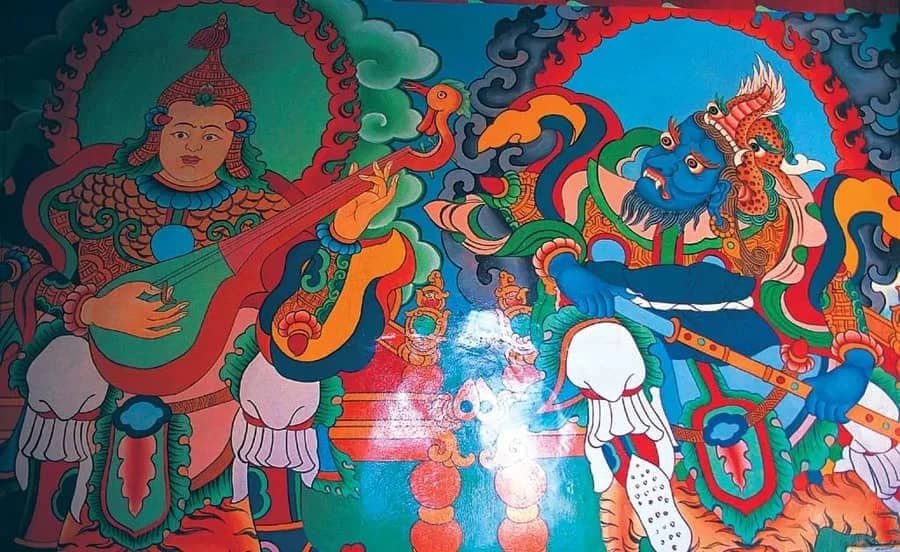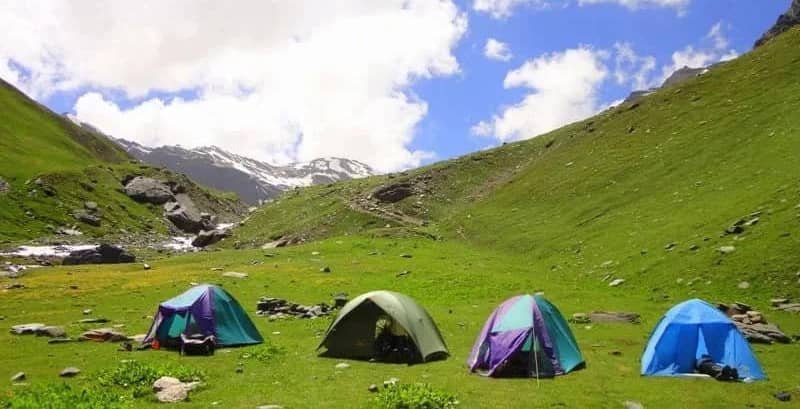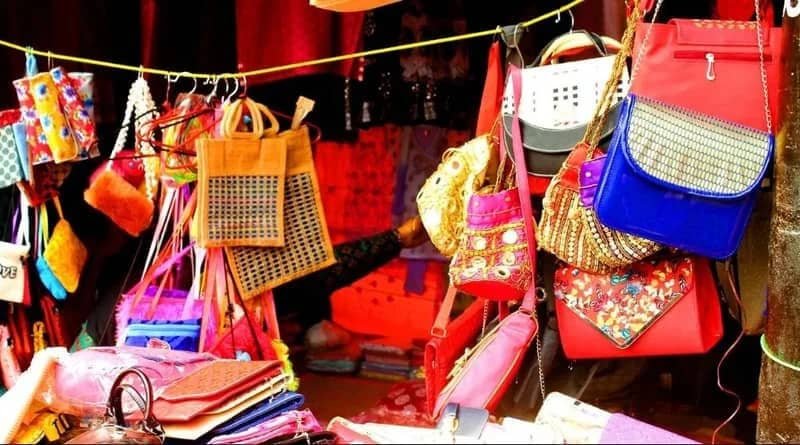The painting depicts a Buddhist deity or a thangka painting, a view of Spiti. This painting developed from the early traditions of Buddhism. Thanka paintings, made of cotton, are paintings depicting the lives of Buddhist deities. Thangka paintings are used for devotional and decorative purposes. Most Thangka paintings in India are seen in Sikkim. There is a major appearance of Buddhism and a part of Thangka Sikkimi Buddhism. Thangka painting is a Buddhist painting and is made of cotton and silk. The speech is shown in Thangka’s painting. And it is seen in the Spiti monastery.
History of Thangka Painting
The Tibetan Buddhist painting evolved from the broad traditions of early Buddhist paintings. The painting is still seen in Ajanta caves in India and Mogo Caves in China. They have very broad wall paintings. Thangka Buddha acts as a life of important teaching tools showing various influential lama and other gods and the life of Bodhisattva. Early history is easily seen through murals. In some Thangka paintings, their back recording and old history are seen in the inscription. Most of the artists were probably monks. The word Thangka means “in classical Tibetan” one thing that is uncontrolled. The painting was a valuable achievement for a monk. Today, reproduction printed in poster size of the painted Thangka is usually reproduced with devotion for decorative purposes.
About Thangka
Thangkas are painted on cotton or silk and the width ranges from 40 to 58 cm. It is said that minerals and biological pigments are used in paint. And to make it more attractive and expensive in Nepal, 24-carat gold is also used. Most of the old Thangka has inscriptions on the back and the deity’s mantra is depicted. Some paintings will include begging bowls and animals, eye size, nose, and angles of lips. Often, its feeling requires a deep understanding of symbolism. The art is clearly religious, the artist is properly trained. There should be enough religious understanding, knowledge, and background to create a proper Thangka.








